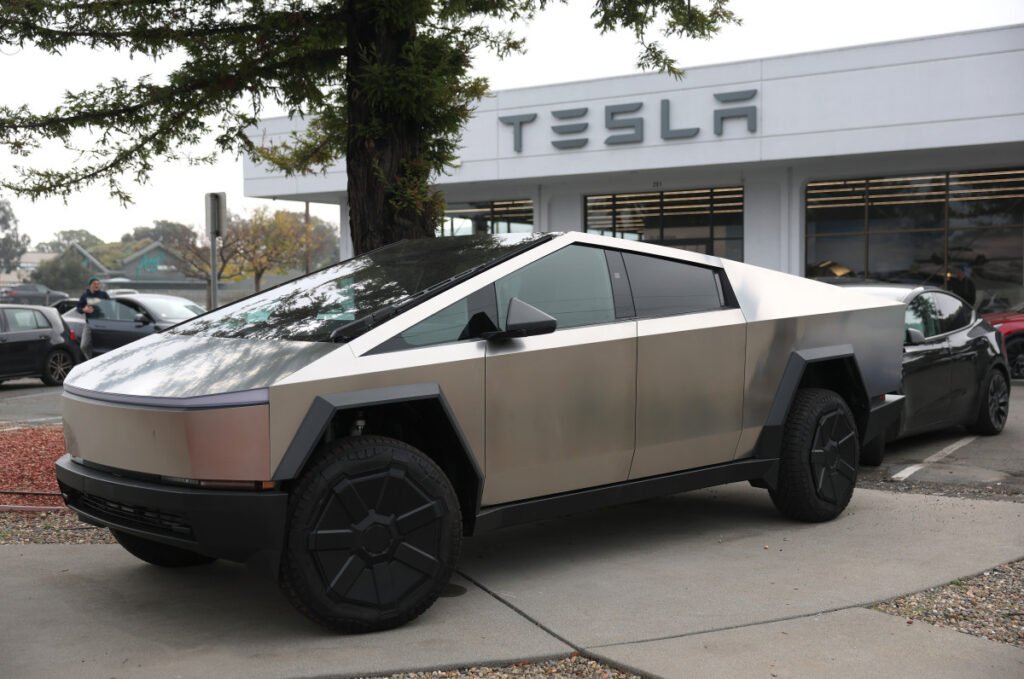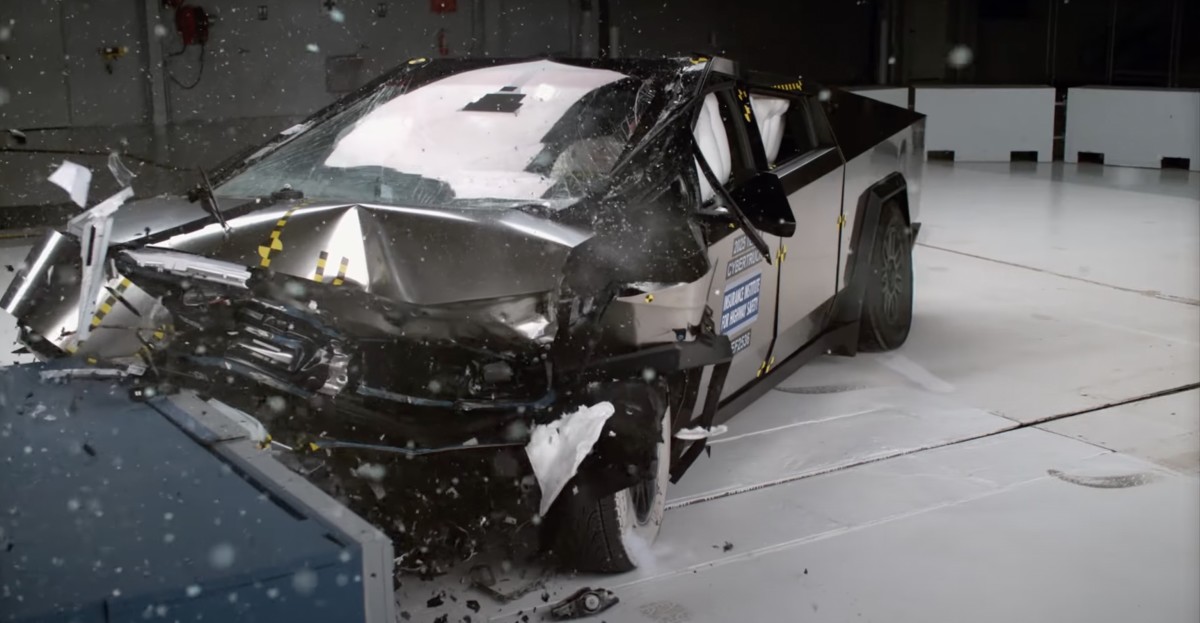
When it comes to electrified vehicles, most automakers have the basics figured out. A giant battery, spacious cabin, and a dash-wide screen are the pillars of a great EV platform. Nailing the basics of EV crossovers and sedans has helped automakers branch into trucks and large SUVs, turning many shoppers into buyers. Beyond the purchase, though, lies the cost of insurance. For EV trucks, insurance costs can be high.
Data compiled by Insurify shows just how expensive it can be to insure an EV, especially when compared to traditional internal combustion engine (ICE) vehicles. In general, you can expect to pay almost twice as much to insure an EV versus a gas-powered vehicle. When it comes to electrified trucks, insuring a Cybertruck costs almost twice as much as insuring an F-150 Lightning.

Cybertruck reigns supreme in the worst possible way
The national average cost to insure an ICE vehicle is $2,310 per year; the average cost to insure an EV is $4,043. This is because EVs have newer technology, are more challenging to repair, and are more expensive. Because it’s still early days for EVs, insurance companies are taking a pragmatic approach to coverage.
The average annual cost to insure a Cybertruck is $4,649 – well above average for EVs, and far more than any other EV truck. The GMC Hummer EV Pickup costs $4,132 to insure annually, which is fascinating because its starting MSRP is about $20,000 more than the Cybertruck’s. Typically, more expensive vehicles are the most costly to insure.
Sibling vehicles, the Chevrolet Silverado EV and GMC Sierra EV, cost $3,397 and $3,409 to insure annually, respectively. A Ford F-150 Lightning will cost you $2,778 per year, on average, to insure. The F-150 Lightning is incredibly popular, and it checks in about $20,000 cheaper than a Cybertruck.
Related: More Parents Say Their Kids Were Trapped Inside Teslas After Door Handles Failed
Are insurance companies anti-Tesla?
Save for the Model S ($3,909), Tesla’s lineup is more expensive to insure than the median EV insurance cost. The Model 3 ($4,546), Model Y ($4,189), and Model X ($4,765) all have above-average EV insurance costs. Tesla’s platform is well-established, so it begs the question: Why are Teslas so costly to insure? More specifically, why is the Cybertruck so expensive to insure?
Daniel Lucas, senior carrier partnerships manager at Insurify, says, “Most insurers won’t write policies for [Cybertruck], or at least don’t want to. Those who will, but don’t want to, impose ridiculously high premiums on them. Teslas and Cybertrucks are notoriously expensive to repair; the parts are nearly impossible to find in stock, and few shops are equipped to repair them.”
Cybertruck, and indeed most of Tesla’s lineup, simply has a repair-network issue, which is proving to be a primary concern for insurance companies. When needed, the vehicles have to go back to Tesla dealerships, as no third-party repair shops have parts or the knowledge to fix a Tesla. It seems insurance companies are also dubious that Tesla will act swiftly with repairs, which means more time in a rental vehicle for those who need to file insurance claims. The Model S is longer in the tooth and has fewer drivers than some other Tesla models, which could be driving down its cost-to-insure; it has fewer issues, and parts are readily available.

Ford
Final thoughts
Buyers tend to overlook the cost of ownership, particularly insurance, which is the highest expense. Even if you’re a fan of Cybertruck’s aesthetic and overall performance, its annual insurance cost should give you pause. It’s a subjective, polarizing vehicle; from a purely financial perspective, it’s just not worth it. Cybertruck is hugely unpopular, too, which will keep insurance premiums high.
The Model X, which didn’t sell well, either, is an excellent simile for what Cybertruck owners can expect. It has always been expensive to insure, and remains so—it’s still more expensive than Cybertruck. We doubt the cost to insure Cybertrucks will go down, particularly as they’re being repurposed at SpaceX and xAI, which won’t increase the number on the roads, a metric insurance companies consider when setting premiums.


